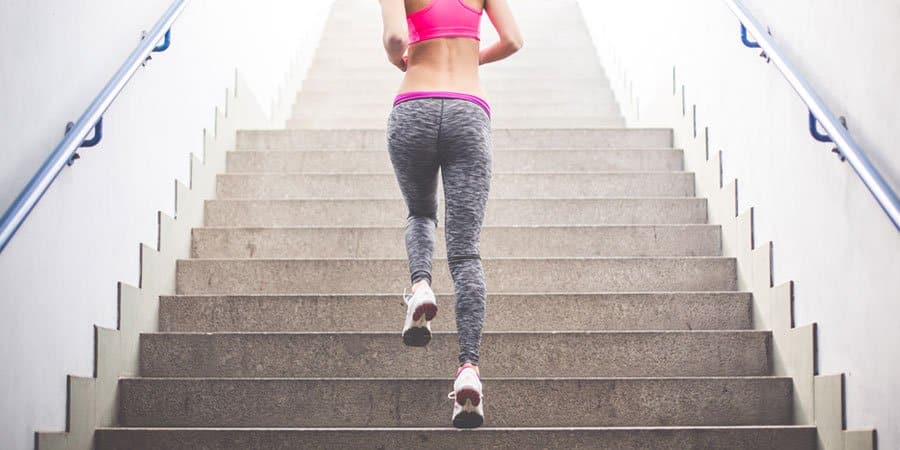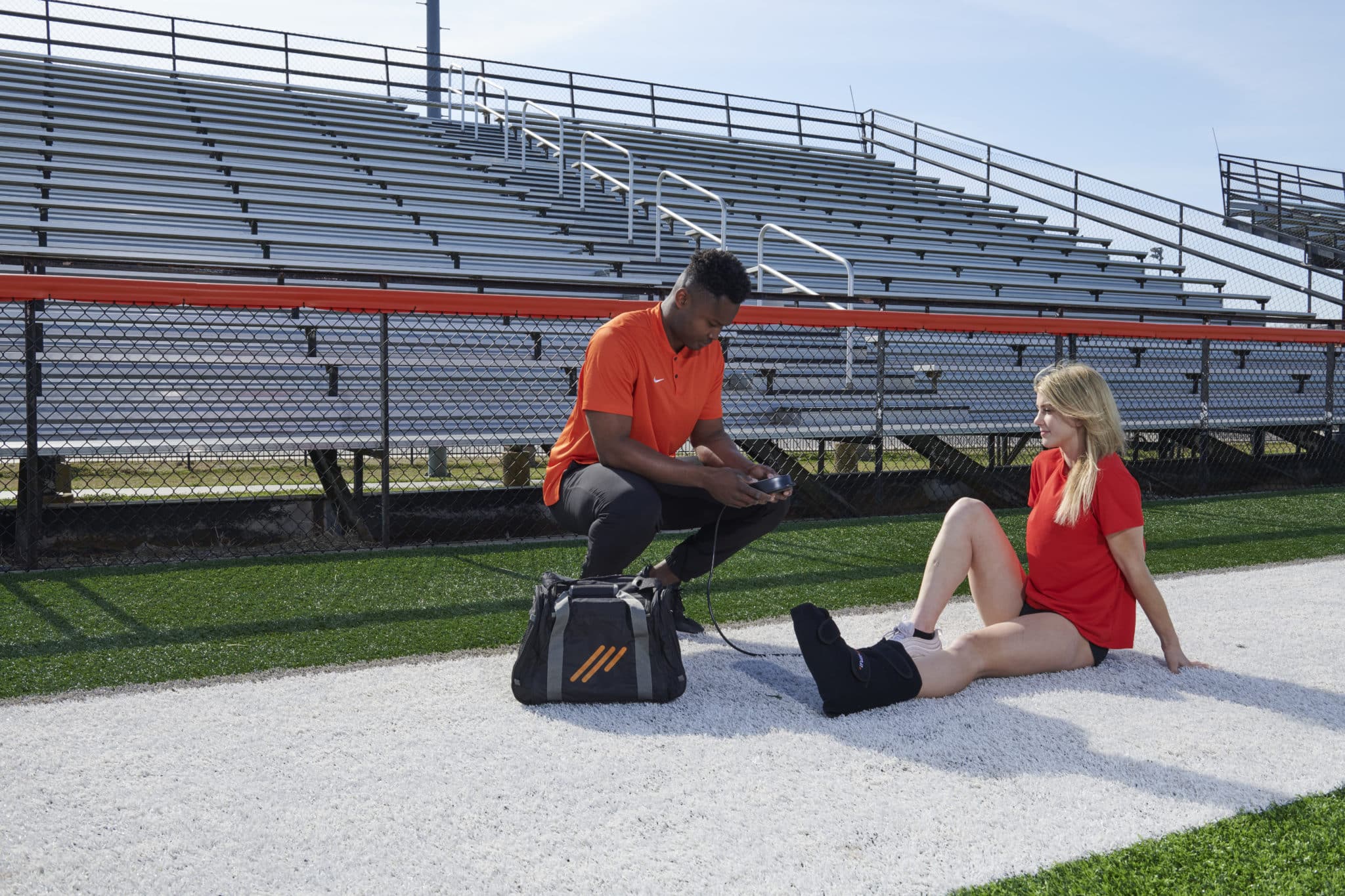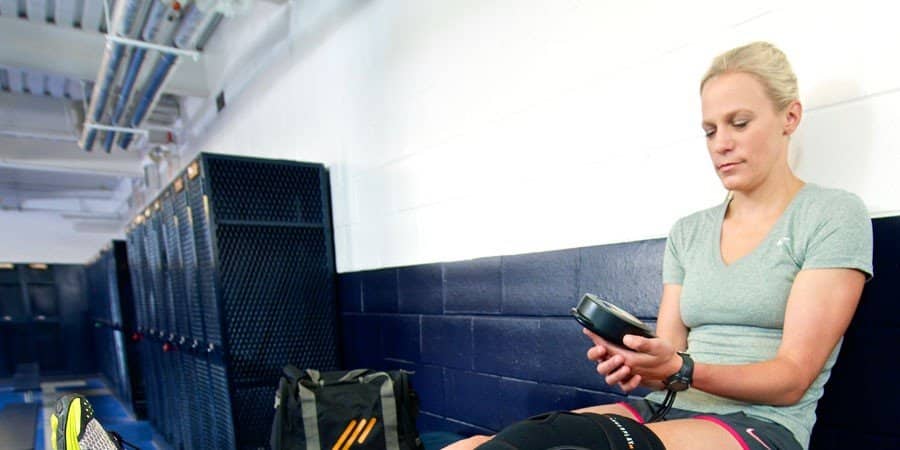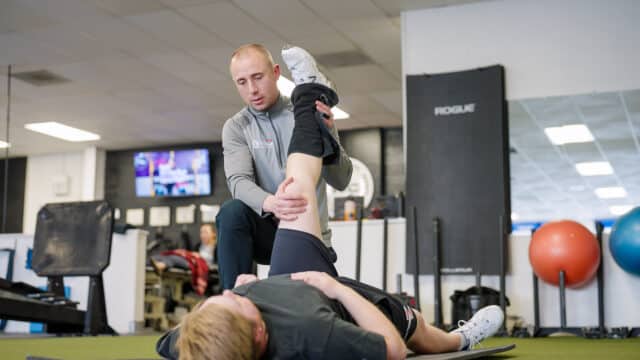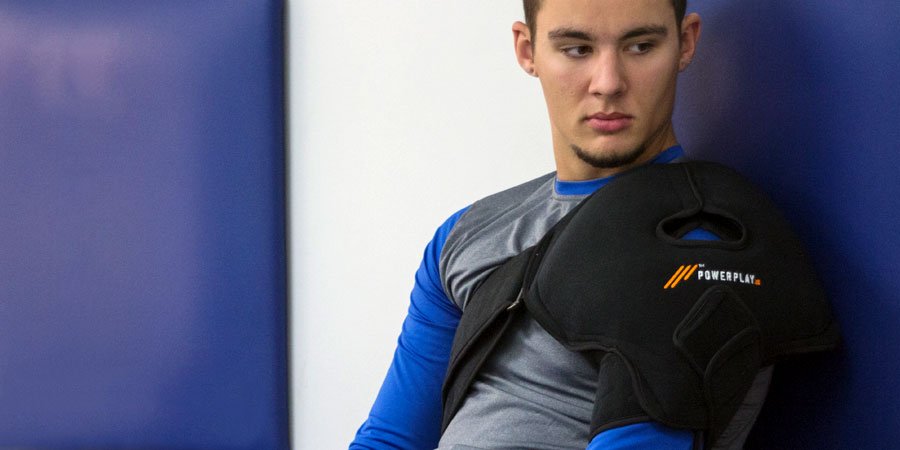It’s back to school season, which also means its time for school sports to start back up. However, with sports comes the possibility of injury. Whether your athlete is recovering from a major surgery or minor sprain, or just needs to recover before the big game, here are 5 ways you can increase athletic performance back to 100 percent.
1. Hydration
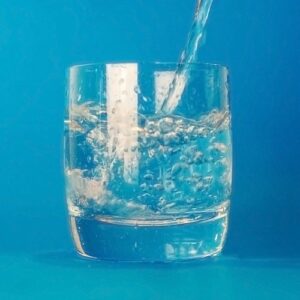 For athletes, hydration is a key component to keeping them in the game. However, what most athletes tend to forget is that hydration starts long before the big game and continues even after the scoreboard shuts off.
For athletes, hydration is a key component to keeping them in the game. However, what most athletes tend to forget is that hydration starts long before the big game and continues even after the scoreboard shuts off.
How much water needs to be consumed depends from athlete to athlete, but it’s important to know the telling signs of dehydration. Typically, when you feel thirsty, your body is already starting to become dehydrated. Dry mouth, dizziness, confusion and fainting are also all symptoms of the body becoming dehydrated.
When an athlete is hydrated, they perform better. Make sure your athlete is hydrating before, during and after training and competition.
2. Nutrition
 A proper nutrition plan is also important for athletic performance. We all know there are “good” foods and “bad” foods, but even some of the “good” foods aren’t recommended to eat after a practice or game. For instance, athletes shouldn’t load up on veggies while in the recovery process after a game. While veggies are packed with nutrients and are low in calories, they lack the basic macro nutritional necessities of a post-workout meal.
A proper nutrition plan is also important for athletic performance. We all know there are “good” foods and “bad” foods, but even some of the “good” foods aren’t recommended to eat after a practice or game. For instance, athletes shouldn’t load up on veggies while in the recovery process after a game. While veggies are packed with nutrients and are low in calories, they lack the basic macro nutritional necessities of a post-workout meal.
The good foods that athletes should be loading up on before game time are carbohydrates and proteins. Foods full of carbohydrates, such as breads or oats will help provide a steady energy supply throughout the game. Post-game foods athletes should focus on are proteins, such as grilled chicken, eggs, tuna fish or salmon. Chocolate milk is also a great source of carbs and protein as a post athletic performance recovery drink.
B-12 supplements are also a smart investment for athletes. Many athletes complain of feeling burnout despite high level of training, this is usually a sign of B12 deficiency. B12 is mainly found in foods like shellfish and legumes but most people don’t get enough via their diet and need to supplement with vitamins. Taking a vitamin supplement for complex vitamins like B12 can help improve athletic performance.
3. Core-Strength
 Developing and improving upon an athlete’s core-strength is another overlooked way that an athlete can improve their overall athletic performance. Increasing core strength helps balance the body as a whole. When your core is strong, it helps support all the muscle groups around it and makes movement more efficient.
Developing and improving upon an athlete’s core-strength is another overlooked way that an athlete can improve their overall athletic performance. Increasing core strength helps balance the body as a whole. When your core is strong, it helps support all the muscle groups around it and makes movement more efficient.
A strong core means less of a load on back muscles, which leads to less chance of injury. Balance, better coordination and even greater technical skills are all benefits of a powerful core.
Make sure your athletes are doing exercises that will bring their core strength and stability, ultimately helping them maximize their abilities and athletic performance.
4. Flexibility
 Flexibility is so important to increase athletic performance but probably the most overlooked during the teen years. This is partly due to the fact that younger people are naturally more flexible but working on flexibility can still give an athlete an advantage, even during adolescence. Implementing yoga, Pilates, or simply stretching into your training routine can really help your body become more flexible and less prone to injury. It also allows the muscles to recover to the natural state after vigorous activity.
Flexibility is so important to increase athletic performance but probably the most overlooked during the teen years. This is partly due to the fact that younger people are naturally more flexible but working on flexibility can still give an athlete an advantage, even during adolescence. Implementing yoga, Pilates, or simply stretching into your training routine can really help your body become more flexible and less prone to injury. It also allows the muscles to recover to the natural state after vigorous activity.
5.Recovery
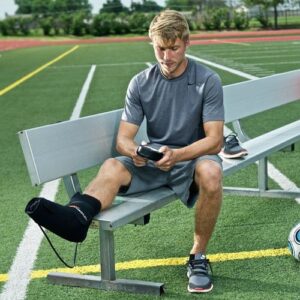 For athletes, recovery is one of the most important things you can do to increase athletic performance. Not allowing the body time to recover from intense exercise or training can really hurt your athlete’s performance.
For athletes, recovery is one of the most important things you can do to increase athletic performance. Not allowing the body time to recover from intense exercise or training can really hurt your athlete’s performance.
Cold and compression therapy is one way athletes can choose to help aid in the recovery process. Cold therapy has shown to be effective in decreasing pain, muscle spasms and swelling in injured or overworked joints and muscles. When adding compression to cold therapy, muscle contractions are mimicked, edema is pumped out of the injured area, tissue healing is stimulated, blood flow and oxygen are increased and lymphatic drainage is optimized, giving your athlete the chance to get back in the game sooner rather than later.
By incorporating these five tips into your athlete’s training routines this season, you’ll be able to increase overall athletic performance.
